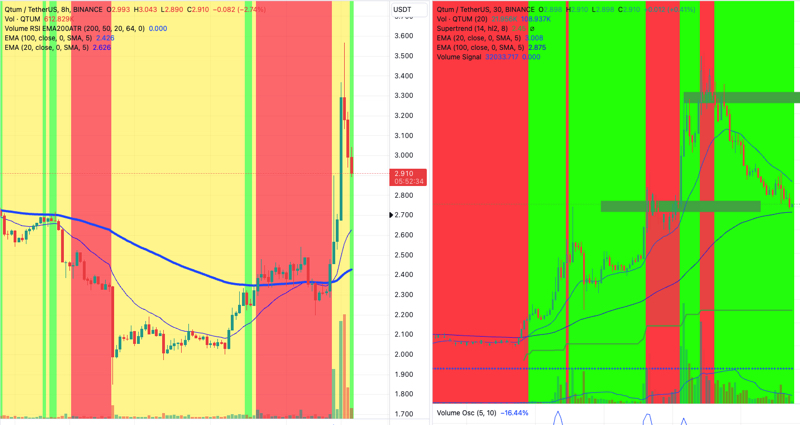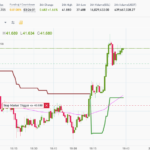
In the world of technical analysis, reversal pattern candles serve as vital indicators of potential trend reversals in financial markets. These patterns, formed by the combination of specific candlestick formations and their position within a price chart, provide valuable insights into the future direction of an asset. This article aims to explore the concept of reversal pattern candles, their significance, and some commonly observed candlestick formations that traders and investors use to identify potential trend reversals.
I. Reversal Patterns and their Significance
Reversal pattern candles are chart patterns that indicate a potential change in the prevailing trend. They are crucial tools for technical analysts as they offer early signals of trend exhaustion and impending reversals. By analyzing the behavior of these patterns, traders can anticipate potential entry or exit points in the market, allowing them to make informed decisions.
Reversal patterns are based on the idea that market sentiment and price action often follow recognizable patterns. These patterns can be bullish or bearish and are typically formed by one or more candlesticks. They suggest a shift in the balance of power between buyers and sellers, indicating a possible change in market direction.
II. Common Reversal Pattern Candle Formations
- Hammer and Hanging Man: The hammer and hanging man are single candlestick patterns that have long lower shadows and small real bodies. The hammer occurs in a downtrend and suggests a potential bullish reversal, while the hanging man appears in an uptrend and signals a possible bearish reversal.
- Bullish and Bearish Engulfing Patterns: These patterns consist of two candlesticks. The bullish engulfing pattern occurs when a small bearish candle is followed by a larger bullish candle, indicating a potential shift from selling to buying pressure. Conversely, the bearish engulfing pattern appears at the end of an uptrend, with a large bearish candle engulfing the previous smaller bullish candle.
- Morning Star and Evening Star: These patterns are three-candle formations. The morning star is formed by a long bearish candle, followed by a small-bodied candle that gaps below the previous candle, and finally, a long bullish candle. It suggests a potential bullish reversal. The evening star is the opposite, appearing at the end of an uptrend and indicating a potential bearish reversal.
- Doji: A doji is a candlestick with a small real body, indicating indecision between buyers and sellers. It suggests that the prevailing trend may be losing momentum and a reversal could be imminent.
- Tweezer Tops and Bottoms: Tweezer tops occur when two consecutive candlesticks have similar highs, suggesting a potential bearish reversal. Conversely, tweezer bottoms occur when two consecutive candlesticks have similar lows, indicating a possible bullish reversal.
III. Applying Reversal Patterns in Trading
While reversal pattern candles provide valuable insights, it is essential to use them in conjunction with other technical analysis tools and indicators for confirmation. Traders should consider factors such as volume, trendlines, support and resistance levels, and other price patterns to validate the signals generated by these patterns.
When using reversal pattern candles, it is crucial to wait for confirmation before taking action. Confirmation can come in the form of additional candlestick patterns, breakouts from key levels, or a shift in momentum as indicated by other technical indicators. This approach helps filter out false signals and reduces the risk of entering trades prematurely.
Moreover, traders should always consider the broader market context when analyzing reversal patterns. Fundamental factors, market sentiment, and news events can significantly impact the validity and effectiveness of these patterns. Therefore, it is important to combine technical analysis with a comprehensive understanding of the underlying market dynamics.
Conclusion
Reversal pattern candles provide traders and investors with valuable signals for identifying potential trend reversals. Understanding and recognizing these patterns can significantly enhance one’s ability to time entry and exit points in the market. However, it is important to exercise caution and apply additional analysis to confirm the signals provided by these patterns. With proper analysis and risk management, reversal pattern candles can become powerful tools in a trader’s arsenal, aiding in the pursuit of profitable trading opportunities.






